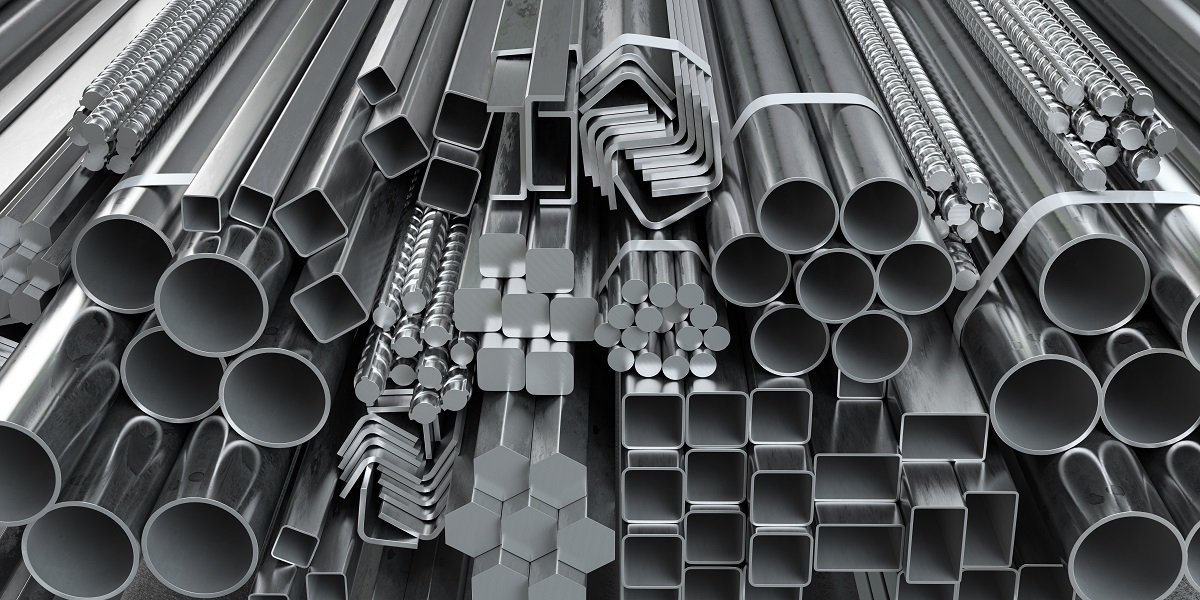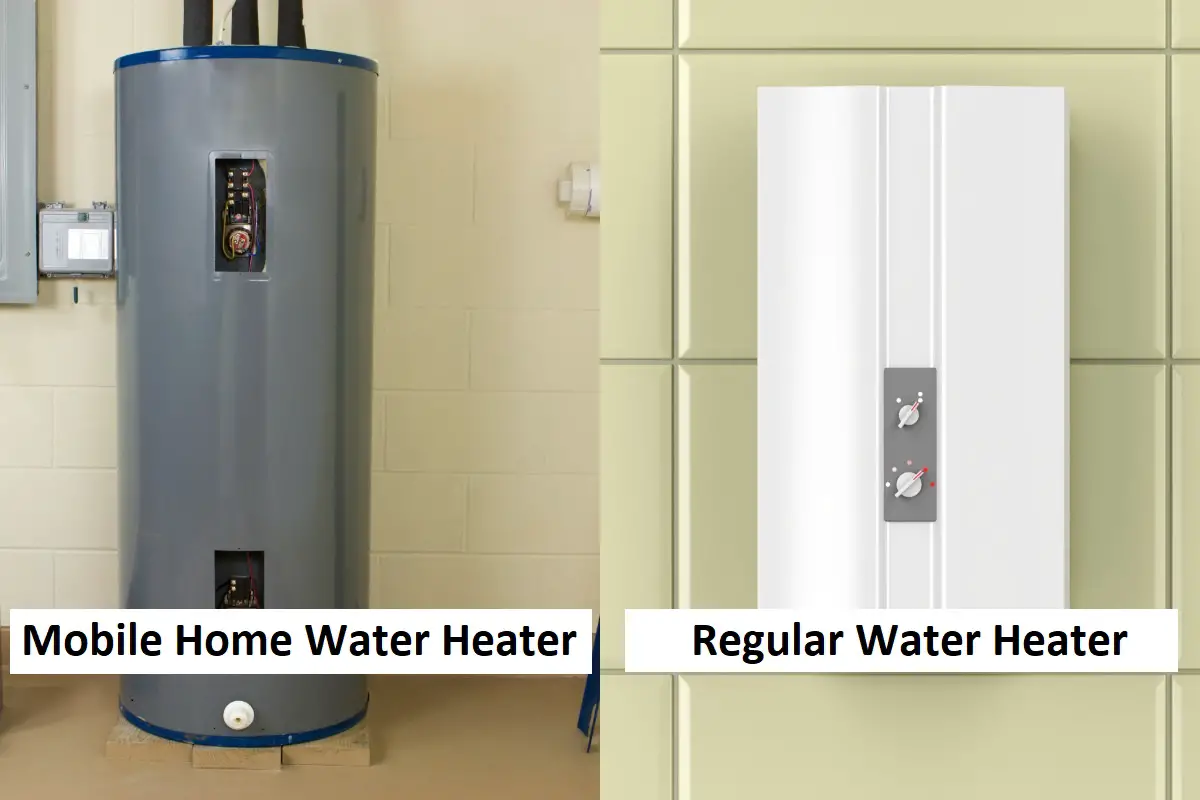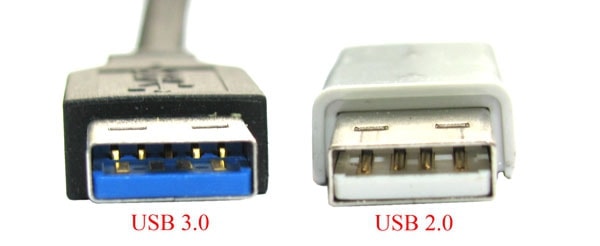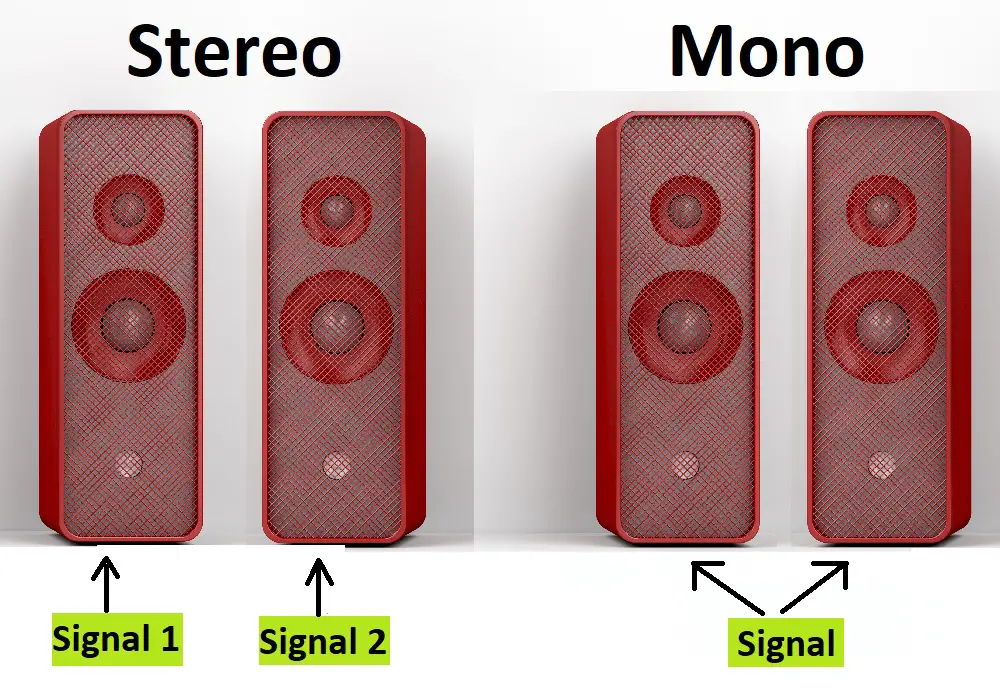Pipe Vs. Tube: What’s The Difference Between Pipe and Tube?
Pipe and tube sound quite synonymous, don’t they? You might think they are the same things, but that isn’t the case! Well, how different can these hollow cylinders be? You’d be surprised to know the answer! There are far too many differences to put them into the same category.
If you’re like most people and don’t know the difference between pipe and tube, don’t worry at all because it can be a bit confusing. We’re going to elaborately discuss the differences so that you don’t have to be confused anymore! So, stick with us as we move on.
Pipe vs. Tube: An Overview
Let’s start with the basics, shall we? We’re going to give you a little overview of a pipe and a tube before we start discussing the differences.
What Is Pipe?

The word pipe is used to refer to a circular hollow section designed to convey various products like gases, fluids, oil, steam, propane, etc. Pipes are distinguished by their dimensions like the inside diameter, outside diameter, and wall thickness.
For instance, the inside diameter (ID) determines the liquid conveyance capacity of the pipe. It is expressed in NPS. The outside diameter (OD) of the pipe will never match the pipes that are below NPS 14-inches.
The inside diameter of a pipe is always set by the wall thickness (WT) and the outside diameter (OD).
What Is Tube?

A tube is a hollow cylinder that comes with square, rectangular, circular, and oval hollow sections. It’s mainly used for several applications, including pressure equipment, instrumentation systems, and also for mechanical purposes. Additionally, it may also be used in heat exchangers.
Difference Between 304 and 316 Stainless Steel
What Are the Major Differences?
As you can see, pipes and tubes aren’t as similar as you might have thought. We’re going to explore the differences further now.
Production Process
Pipes are manufactured using efficient and highly automated processes. There are countless pipe manufacturing companies throughout the world. Producing tubes is more challenging as it takes more time and effort.
Difference in Shape
Pipes are exclusively round. They don’t come in any other shape. So, if you think you’ve seen a pipe with a different shape, that wasn’t really a pipe but something else. Maybe a tube, perhaps? That’s because tubes can have different shapes, including round, rectangular, square, or even oval.
Difference in Size
Pipes come with the measurement of their inside diameter (ID) and the schedule number, which is also the wall thickness. These are the only dimensions that matter because by reading this; you’d be able to find out how much fluid or gas a pipe will allow to pass through at a given time.
Tubes, on the other hand, come with only the measurement of their wall thickness and the outside diameter
Difference in Wall Thickness
The wall thickness of a pipe is defined in schedule number. As for a tube, the wall thickness is expressed using inches, millimeters, or BWG.
Difference in Rigidity
Pipes are extremely rigid. You will not be able to modify their shapes without using the right equipment. There is a risk of breaking them if you don’t handle them carefully.
However, it’s easier to shape most tubes that aren’t made with copper and brass. You will be able to bend or coil them with a little effort without causing any distortion or fracture.
Difference in Strength
Pipes don’t require much strength or durability to serve their purpose. That’s why they aren’t produced to offer sturdiness. Strength is not the main concern of pipes for several reasons.
Tubes are easily stronger than pipes because durability is quite important. You can’t work with tubes that are too brittle or unable to withstand pressure. That’s why they undergo a number of quality checks.
Difference in Application
Pipes are used exclusively for the transportation of fluids and gases. Thanks to their circular shape, they can efficiently handle the pressure of the liquid that’s flowing through them. By checking the dimensions, you’ll find it super-easy to tell how fast a pipe will allow the liquid to pass through it.
As for tubes, they are useful for a wide range of structural applications.
Some of Our Articles You May Want to Read:
- Cat5e vs. Cat6 – 5 Major Differences
- Difference Between Ferrous and Non-Ferrous Metals
- Difference Between Acrylic and Polycarbonate: A Comparative Guide
Difference Between Pipe and Tube: A Table
Now, we’re going to give you a summary of the differences using a table.
| Parameters of Comparison |
Pipe |
Tube |
| Size | The size of a pipe is expressed in NPS or Nominal Pipe Size. | The size of a tube is conveyed using its size of the outside diameter in inches or millimeters. |
| Wall Thickness | The wall thickness of a pipe is represented using a schedule number. | The wall thickness of a tube is asserted in millimeters, inches, and BWG. |
| Shape | Pipes are exclusively round. | Tubes can have all kinds of different shapes. |
| Application | Useful for transporting liquid and gas | Useful for structural applications. |
| Materials | Created with a wide range of materials. | Usually created with nickel-alloy, stainless steel or chrome, etc. |
| Strength | Aren’t designed to be any more durable than necessary. | Designed to be far more durable than pipes. |
| Cost | Can be purchased at a relatively low price. | Tends to be comparatively more expensive than pipes. |
Final Words
So, as you can see, contrary to popular belief, pipes and tubes aren’t exactly the same thing. Even though they look almost identical, they are designed to serve different purposes.
Now, you are well aware of the difference between pipe and tube. Make sure to consider what you need if you ever have to purchase a pipe or a tube!






